Getting lost in the wilderness can happen to anyone—even experienced hikers and outdoor enthusiasts. One moment you’re enjoying nature’s beauty, and the next, you’re facing unfamiliar surroundings with no clear path back to safety. Statistics show that thousands of search and rescue operations are conducted annually in national parks and wilderness areas across the United States alone. Understanding basic survival techniques isn’t just helpful knowledge; in dire circumstances, these skills could mean the difference between life and death. The following survival tips are designed to guide you through the critical first moments of realizing you’re lost to the actions that will maximize your chances of being found or finding your way back to safety.
Recognize and Accept That You’re Lost
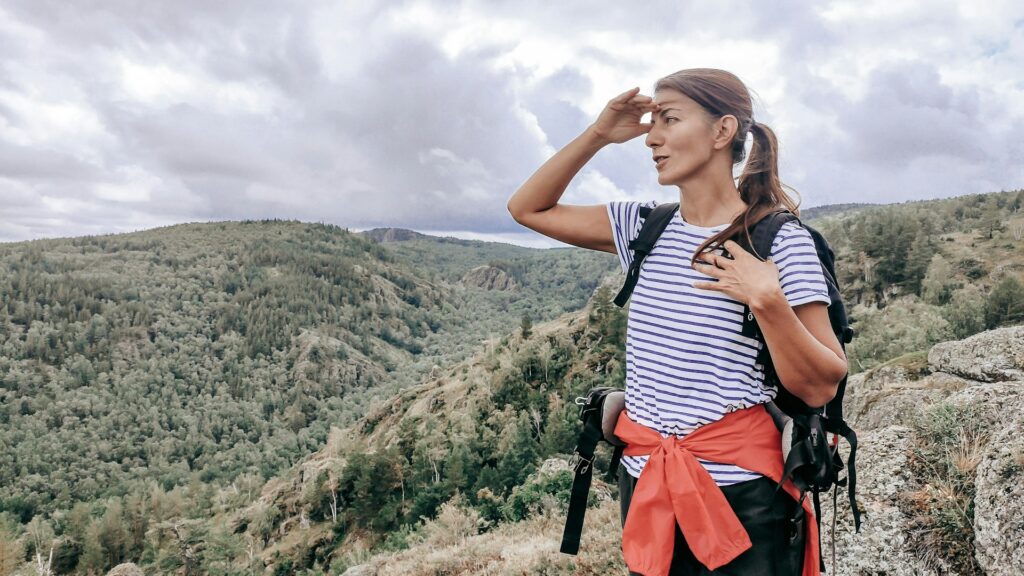
The first and often most difficult step in wilderness survival is acknowledging that you’re lost. Many people waste precious time and energy denying their situation, continuing to wander in hopes of finding something familiar. This phenomenon, known as “woods shock,” can lead to panic and poor decision-making. Instead, as soon as you suspect you’ve lost your way, stop moving immediately. Take several deep breaths to calm yourself, and sit down if possible. Accepting your predicament early allows you to conserve energy and begin making rational decisions that will increase your chances of survival and rescue.
S.T.O.P. – The First Response Protocol

When you realize you’re lost, remember the acronym S.T.O.P.: Stop, Think, Observe, Plan. First, stop moving to avoid wandering further from known areas and potentially making your situation worse. Next, think carefully about your circumstances—when did you last know where you were, what resources do you have, and what immediate risks exist? Then, observe your surroundings for landmarks, water sources, shelter possibilities, and signs of human presence or wildlife. Finally, develop a plan based on your assessment, prioritizing immediate needs like shelter if nightfall approaches, or signaling for help if you’re in an open area. This methodical approach prevents panic-driven mistakes and helps you organize your survival strategy.
Stay Where You Are (Usually)
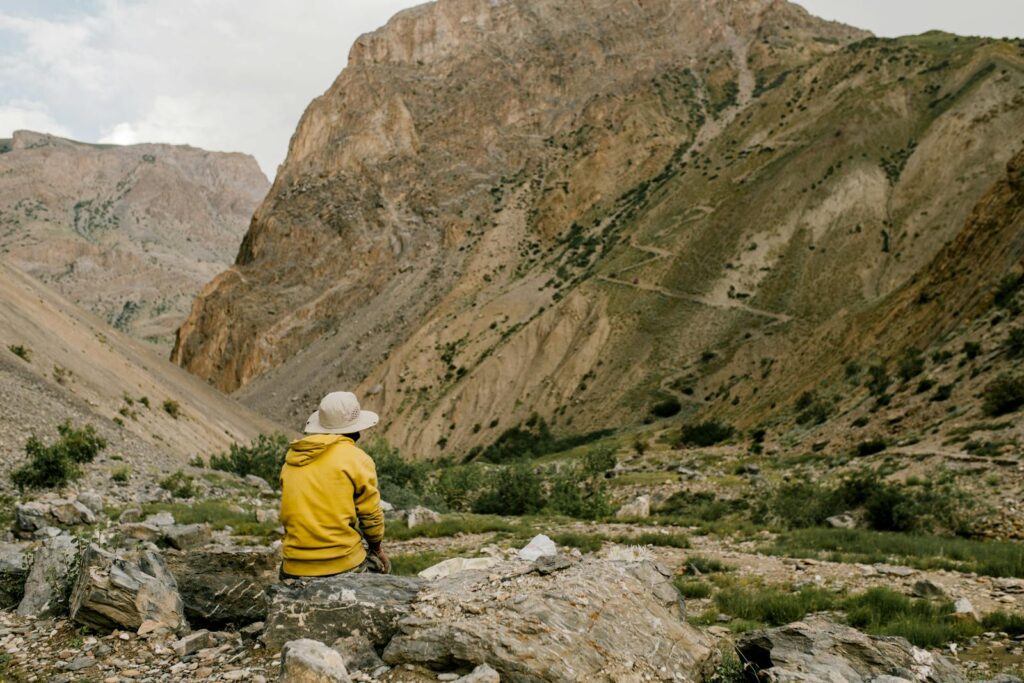
In most situations, the safest course of action is to remain where you are once you realize you’re lost. Search and rescue teams typically begin looking at your last known location and work outward from there. By staying put, you increase the probability of being found and avoid the risks associated with further travel, such as injury or becoming more disoriented. This strategy, known as “hug-a-tree” in survival circles, is particularly important if others know your general location and will report you missing. Only consider moving if you face immediate danger such as rising floodwaters, an approaching wildfire, or extremely harsh weather conditions with no suitable shelter nearby.
Signal for Help

Creating visible and audible signals dramatically increases your chances of being located by search parties. Three of anything is the universal distress signal—three whistle blasts, three gunshots, three columns of smoke, or three evenly spaced ground signals. If you have a whistle (which should be standard in any hiking kit), use it sparingly to conserve energy but consistently at regular intervals. Visual signals should contrast with your surroundings: bright clothing spread in open areas, signal mirrors flashing toward aircraft, or nighttime fires. In open terrain, arrange rocks, branches, or personal items to form large “X” or “SOS” patterns visible from the air. Remember that being found requires making yourself more conspicuous than the surrounding environment.
Find and Conserve Water
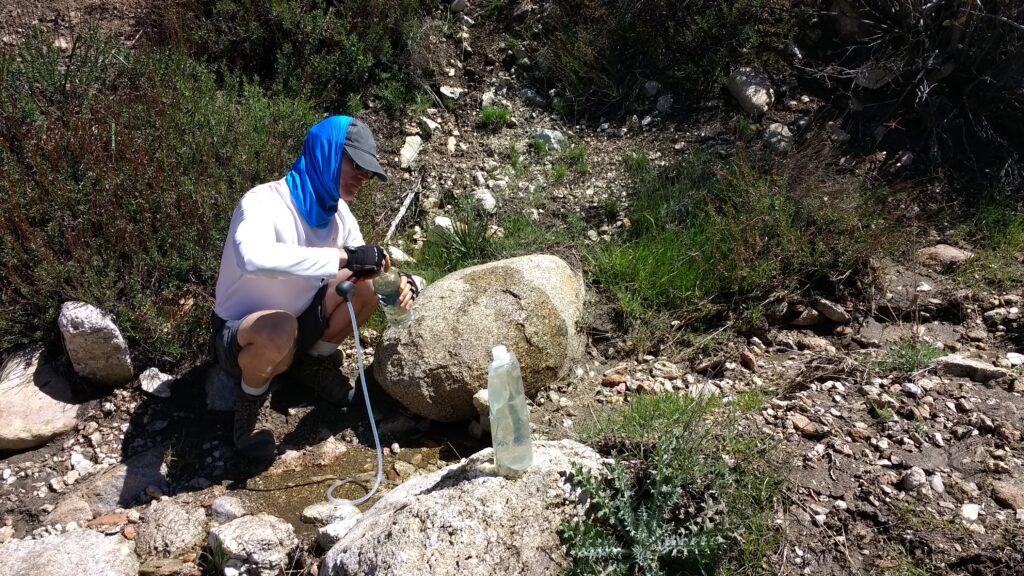
Water quickly becomes your most critical resource in a survival situation, as the human body can only survive approximately three days without it. Look for water sources by following animal tracks, listening for flowing water, or seeking out low-lying areas where water naturally collects. Running water from streams is generally safer than stagnant sources, though all wild water should be purified if possible through boiling (at least 1 minute at a rolling boil), filtration devices, or purification tablets if you have them. If no obvious water sources exist, collect morning dew from plants using a cloth to absorb and then squeeze into a container, or create a solar still by digging a hole, placing a container in the center, covering with plastic, and weighting the center to form a collection point. Conserve sweat by limiting activity during the hottest parts of the day.
Build an Emergency Shelter
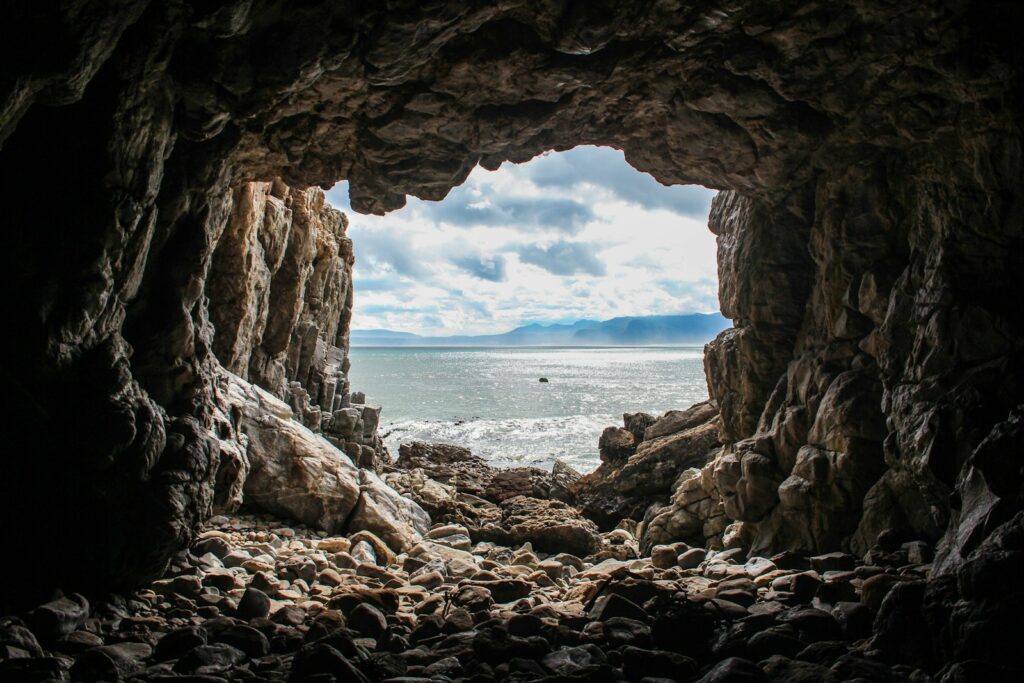
Exposure to harsh elements can quickly lead to hypothermia or heat exhaustion, making shelter construction a top priority, especially if rescue might take more than a few hours. Natural formations like caves, rock overhangs, or dense evergreen trees can provide immediate protection while you assess your situation. For constructed shelters, the A-frame or lean-to designs are relatively simple to build using fallen branches propped against a support and covered with foliage, bark, or emergency blankets for insulation and waterproofing. In snow conditions, a snow cave can provide surprisingly effective insulation, though it requires careful construction to avoid collapse. Your shelter should be small enough to conserve body heat but large enough to accommodate you comfortably, with the entrance positioned away from prevailing winds.
Start and Maintain a Fire Safely
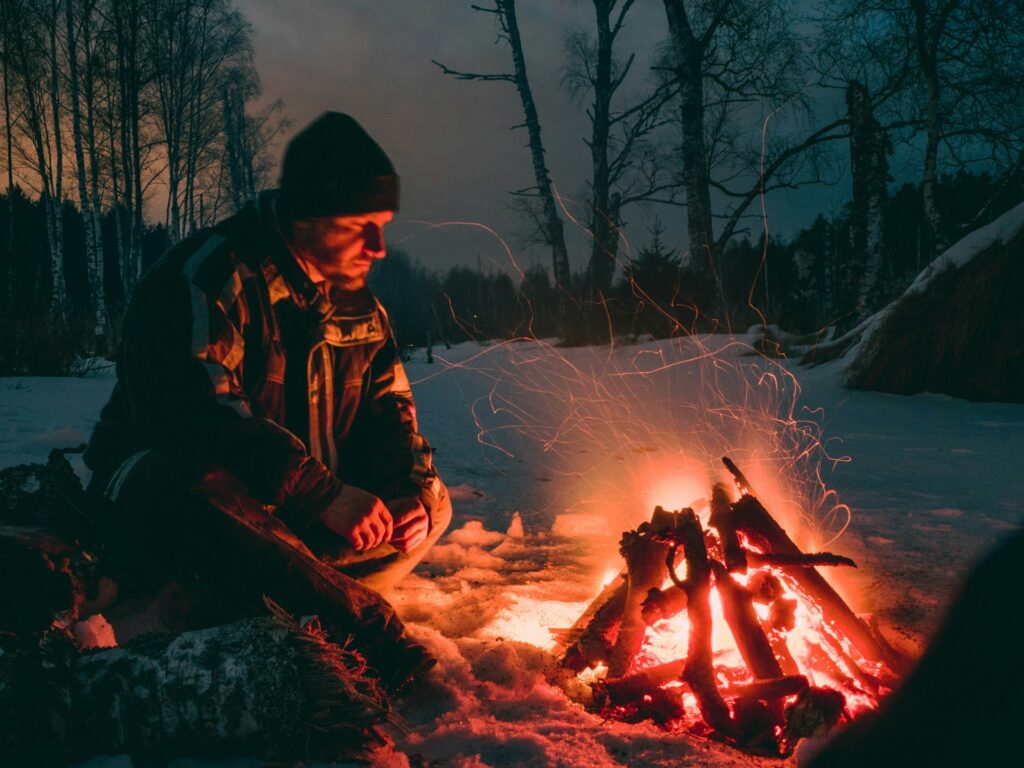
Fire provides warmth, light, a means to purify water, cook food, signal rescuers, and significant psychological comfort. Before attempting to start a fire, prepare thoroughly by collecting three types of materials: tinder (dry grass, paper, cotton balls, birch bark), kindling (small sticks, splinters), and fuel wood (larger branches). Create a fire bed away from overhanging branches and surrounding brush, ideally on bare earth or stone. If you have matches or a lighter, shield the flame from wind as you ignite the tinder. Without conventional fire starters, friction methods like the bow drill or fire plow can work but require considerable practice and patience. Once established, maintain your fire conservatively, adding fuel gradually and keeping a stockpile of dry wood protected from rain or snow for sustained burning.
Find or Make Safe Food

While you can survive several weeks without food, maintaining energy levels through nutrition will improve your decision-making, morale, and physical capabilities. Prioritize safe food sources like berries and plants you can positively identify without any doubt—the universal edibility test is not reliable enough for true emergencies. Common safe edibles in many wilderness areas include dandelions, pine nuts, blackberries, and raspberries, though regional variations exist. If you have the tools and knowledge for hunting or fishing, these provide valuable protein, but the energy expended may not justify the returns in short-term survival situations. Insects like crickets, grasshoppers, and ants are generally safe when cooked and provide surprising nutritional value. Always cook any animal food thoroughly to eliminate parasites and pathogens.
Navigate Without Technology

If circumstances require movement or you’re confident about finding your way back, natural navigation techniques can prove invaluable when electronic devices fail. The sun rises approximately in the east and sets in the west, though seasonal variations affect the exact position. At noon, the sun indicates south in the Northern Hemisphere and north in the Southern Hemisphere. At night, locate the North Star (Polaris) by finding the Big Dipper constellation and following the line created by its two outermost stars. In the Southern Hemisphere, the Southern Cross constellation points toward the South Pole. Natural indicators like moss growth (often more prevalent on the north side of trees in the Northern Hemisphere), tree growth patterns (denser on the southern side in northern regions), and ant hills (frequently on the south-facing sides of trees) can supplement these methods, though they vary by region and are not universally reliable.
Treat Injuries and Maintain Health
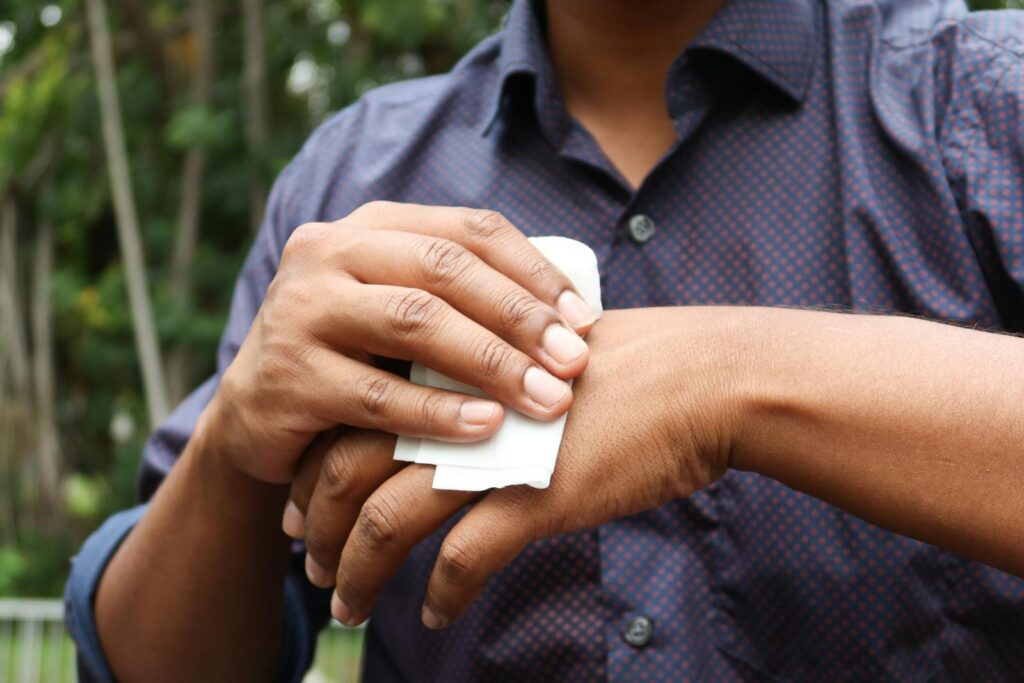
Medical emergencies in wilderness settings require immediate attention with whatever resources are available. For bleeding wounds, apply direct pressure using clean cloth or clothing until clotting occurs, elevating the injury if possible. Immobilize suspected fractures or sprains with improvised splints made from straight sticks and cloth bindings. Hypothermia presents a serious risk in cool or wet conditions—prevent it by staying dry, sheltering from wind, and preserving body heat through insulating layers or emergency blankets. Heat-related illnesses require cooling measures like finding shade, wetting clothing if water is plentiful, and limiting physical exertion during hot periods. Maintaining hygiene by washing hands before eating and after bathroom use helps prevent infections that could complicate your situation.
Keep a Positive Mental Attitude
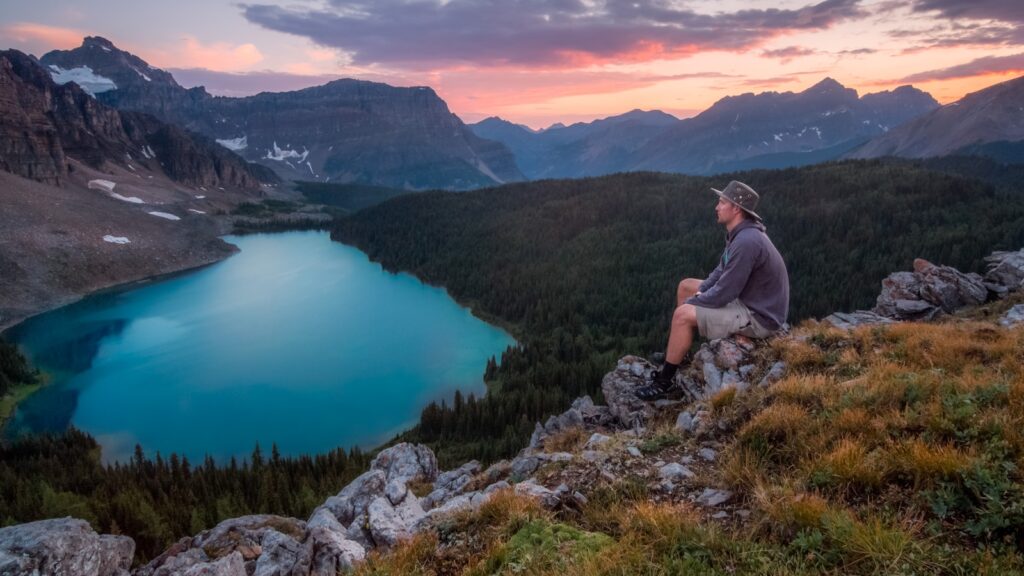
Survival experts consistently rank mental attitude among the most critical factors in wilderness emergency outcomes. Fear, panic, and despair can impair judgment and lead to fatal mistakes, while a determined, methodical approach significantly improves survival chances. Combat negative thoughts by focusing on small, achievable tasks like improving your shelter or collecting water rather than dwelling on the overall situation. Maintain a routine that includes regular rest periods and activities to occupy your mind constructively. Talking aloud to yourself about your plan and progress can provide psychological comfort and help maintain rational thinking. Remember that many people have survived extreme circumstances through mental resilience even when their physical resources were severely limited.
Prepare Before You Go

The best survival situation is the one you avoid through proper preparation. Before any wilderness excursion, research your destination thoroughly, including terrain challenges, weather forecasts, and local hazards. Always inform someone reliable of your intended route and expected return time, providing a clear timeframe for when they should alert authorities if you haven’t returned. Carry essential survival items even on short hikes: extra water, high-energy food, fire starter, whistle, knife, compass, map, first aid supplies, emergency blanket, and appropriate clothing layers. Consider investing in a personal locator beacon (PLB) or satellite messenger for remote adventures. Develop basic outdoor skills like fire-starting, shelter construction, and navigation before venturing into challenging environments.
When and How to Travel If Necessary

While staying put is generally the safest strategy, certain circumstances may necessitate movement—such as when you’re absolutely certain of the correct direction to safety or when your current location poses greater dangers than travel. If you must move, wait until morning to begin your journey with maximum daylight hours ahead. Follow distinct landmarks like ridgelines, streams (downstream typically leads to civilization), or power lines rather than trying to navigate through featureless terrain. Mark your trail clearly as you go by building small stone cairns, breaking branches in a consistent direction, or using biodegradable markers to indicate your path, both for potential rescuers and to prevent walking in circles. Travel during cooler hours to conserve sweat and energy, and set reasonable daily distance goals that allow time for shelter construction before nightfall.
Being lost in the wilderness presents challenges that test both physical endurance and psychological resilience. By understanding and applying these survival principles, you transform from helpless victim to active participant in your own rescue. Remember that most lost persons are found within 72 hours, and your primary goal is staying alive and uninjured until help arrives. The wilderness, while potentially dangerous, provides the essentials needed for short-term survival if you know how to utilize them. By maintaining a clear head, conserving resources, and making yourself findable, you dramatically increase your chances of returning with nothing more than an intense story to tell. Perhaps most importantly, this knowledge builds confidence that can prevent panic—often the true killer in survival situations.

